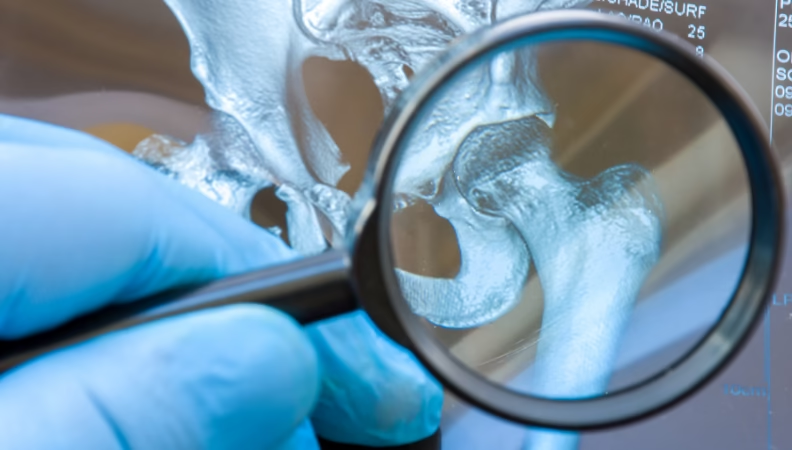Hip Replacement for Hip Dysplasia Top Care in India
Hip Dysplasia is a birth defect where the hip joint does not develop properly, resulting in instability, pain, and arthritis that develops later in life. While mild cases can be treated with therapy and medication, moderate to severe hip dysplasia requires surgery. Hip replacement surgery for hip dysplasia is now an affordable and readily available treatment for Indian as well as foreign patients in India.
Understanding Hip Dysplasia and Its Impact
Hip dysplasia is a problem in which the ball and socket of the hip joint do not align correctly. This causes the hip joint to wear down over time, producing pain, restricted movement, and earlier than usual development of arthritis. Adults with untreated developmental dysplasia of the hip (DDH) will often have limitations in activity and inescapable pain. Fortunately, hip replacement surgery can restore activity and significantly improve quality of life.
When Is Hip Replacement Recommended for Dysplasia?
When pain and joint damage persist even after conservative treatment, surgeons can recommend total hip replacement. It is a surgery where the affected joint is replaced with an artificial prosthetic device. Surgeons generally employ special implants and techniques to stabilize the altered anatomy in dysplastic individuals. India has highly trained orthopedic surgeons with experience in handling such complicated cases.
Economical Hip Replacement in India
One of the primary reasons foreign patients fly to India is that hip replacement surgery is economical. Whereas the same surgery might cost as much as $30,000–$40,000 in the US or UK, in India it may cost between $6,000 and $8,000, including hospital stay, investigations, surgery, and convalescence. Despite all this, with the lower cost, the care is still top-notch world-wise, and it is for that reason that India has become an assured hub of orthopedic medical tourism.
Types of Hip Replacement Surgeries for Dysplasia
Surgeons may recommend based on the degree and hip alignment:-
Total Hip Replacement (THR): Common for severe cases where there is large joint wear-and-tear.
Minimally Invasive Surgery: Fewer incisions to allow recovery in less time.
Custom Prosthetics: Crafted to suit abnormal bone configurations because of dysplasia.
Indian hospitals employ 3D imaging, robotics, and patient-specific instruments for precision.
Best Hospitals and Physicians for Hip Dysplasia in India
Major hospitals like Apollo Hospitals, Medanta – The Medicity, Max Healthcare, and Narayana Health have orthopedic specialty services. These are NABH and JCI accredited with international quality standards. Physicians like Dr. Ashok Rajgopal, Dr. Ramesh Sen, and Dr. Vikram Shah are famous worldwide because of their expertise in hip replacement for dysplasia.
What to Expect Before and After Surgery
Patients undergo their assessments before surgery in the manner of X-rays, CT scans, and laboratory work. Surgery is generally 1–2 hours, and the patient begins walking with support between 24–48 hours. Full recovery takes around 6–12 weeks, based on age and overall health of the patient.
Post-Surgery Rehabilitation and Recovery
Physical rehabilitation is one of the most important aspects of healing. Indian hospitals provide intricate rehabilitation programs, such as strengthening the muscles of the hip and improving mobility. Step by step, patients are guided through exercises for the long-term success of the implant.
Conclusion
Hip replacement for hip dysplasia in India is a second chance at pain-free movement—on the cheap. With cutting-edge technology, qualified surgeons, and affordable care, India is still a powerhouse of orthopedic excellence. If you’re coping with hip deformities and requiring professional treatment, India could be the ideal location for your road to wellness.



